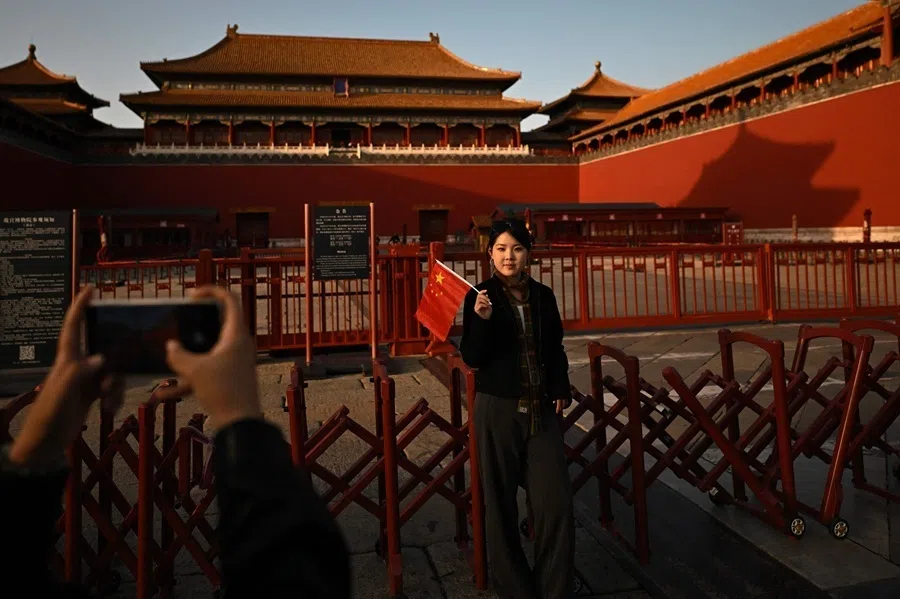Xi’s next mission: Make reunification real
A single line in China’s latest plenum communique marks a new stage in President Xi Jinping’s Taiwan strategy — tying reunification to national modernisation and setting a five-year goal for progress. Commentator Deng Yuwen examines this shift, highlighted by Beijing’s move to make 25 October the Commemoration Day of Taiwan’s Restoration.
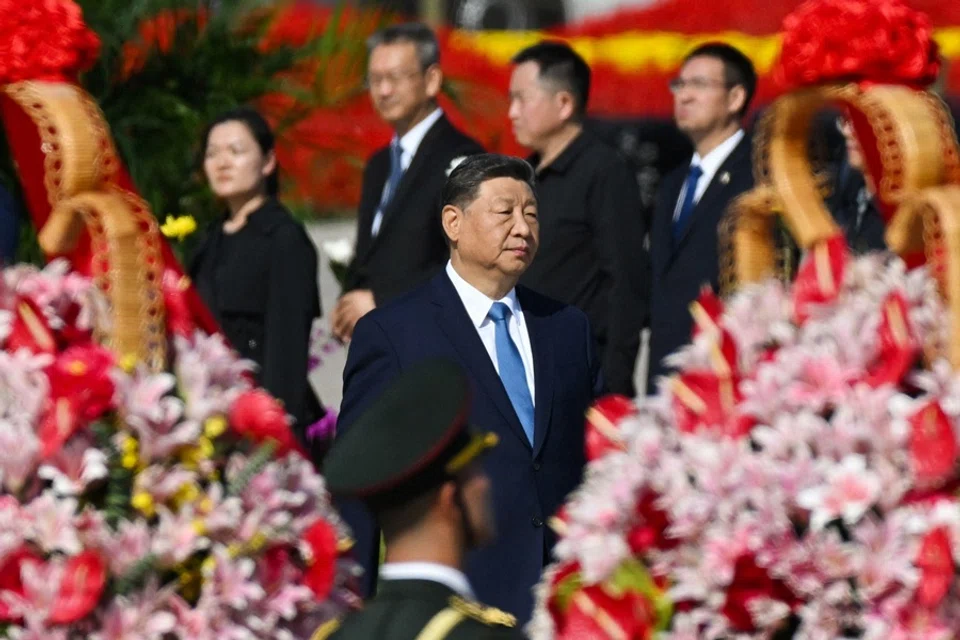
China’s National People’s Congress has designated 25 October as the Commemoration Day of Taiwan’s Restoration. This marks the first Taiwan-related law passed by China’s top legislature since the 2005 Anti-Secession Law — an act that, in the words of official media, “embodies the national will and sovereign authority” of the Chinese state. Politically, it is indeed the latest step in Beijing’s effort to shape the narrative of the mainland’s “inevitable reunification” with Taiwan. Beijing is moving ahead with the reunification process at its own pace.
Xi’s stance on Taiwan
Many observers in the US and Taiwan see 2027 as a potential time frame for a military assault on Taiwan. Chinese President Xi Jinping told then-US President Joe Biden that there is no timetable for reunification, and Beijing might truly lack a fixed schedule. Yet this does not mean it would slow its march toward that goal.
Xi has his own place in history to consider. He is unlikely to leave this mission to a successor — and even less likely to attempt it at age 80.
As China’s strength grows, a self-confident regime would only feel more urgency to resolve the Taiwan issue. Moreover, Xi has his own place in history to consider. He is unlikely to leave this mission to a successor — and even less likely to attempt it at age 80. Political and biological logic both suggest that the older a leader grows, the more risk-averse he becomes.
For that reason, the five-year period mapped out by the 20th Central Committee’s fourth plenum is crucial for both Beijing and Xi personally. If all goes according to plan, Beijing will seek tangible, publicly perceptible progress toward reunification. Even short of actual reunification, it must demonstrate measurable momentum — something that Xi can later present as proof that he deserves a place in the historical records.
Rhetorical shift
The plenum communique devoted only a single, seemingly bland sentence to Taiwan: “promote the peaceful development of cross-strait relations and advance the great cause of national reunification.” In the context of the entire document, it appears minor but carries enormous political weight.

Compared with the 19th Central Committee’s fifth plenum in 2020, which spoke of “advancing the peaceful development of cross-strait relations and the reunification of the motherland”, this subtle revision signals a shift in mindset and strategy. Reunification is no longer treated as a distant slogan or historical mission; it has become a concrete policy objective to be pursued within the next five years.
In the CCP’s political grammar, any phrase inserted into a plenum communique on a five-year plan represents a binding agenda item within the policymaking system. The 19th fifth plenum, convened during the drafting of the 14th Five-Year Plan, extended the institutional approach laid out at the 19th fourth plenum, stressing “integration and opposition to separatism” — a tone still defensive and managerial.
The language is calm but confident. This rhetorical de-escalation does not suggest softening; it reveals Beijing’s belief that it now firmly controls the initiative.
The current 20th fourth plenum, which set the direction for the 15th Five-Year Plan, dropped the familiar warnings of “opposing Taiwan independence” and “resisting external interference,” leaving only 18 characters in Mandarin: “Promote peaceful development, advance the great cause of reunification” (推动两岸关系和平发展、推进祖国统一大业).
The language is calm but confident. This rhetorical de-escalation does not suggest softening; it reveals Beijing’s belief that it now firmly controls the initiative. There is no longer a need for performative warnings. The goal has shifted to planning and implementing unification as an operational task.
Step-by-step path toward national rejuvenation
The evolution from the 19th fourth plenum to the 20th fourth plenum encapsulates three distinct stages in Beijing’s Taiwan strategy. The 2019 19th Fourth Plenum emphasised institutional construction — “improving mechanisms for cross-strait exchanges, deepening integrated development, and safeguarding the well-being of Taiwan compatriots” — using economic and social linkage to create conditions for future reunification.
Two years later, the 2021 sixth plenum entered the stage of historical definition, declaring that China would “resolutely oppose separatist activities and foreign interference” and “firmly grasp the initiative in cross-Strait relations”. The 2022 20th Party Congress then presented a comprehensive “overall strategy for resolving the Taiwan question in the new era”, explicitly linking reunification to national rejuvenation.
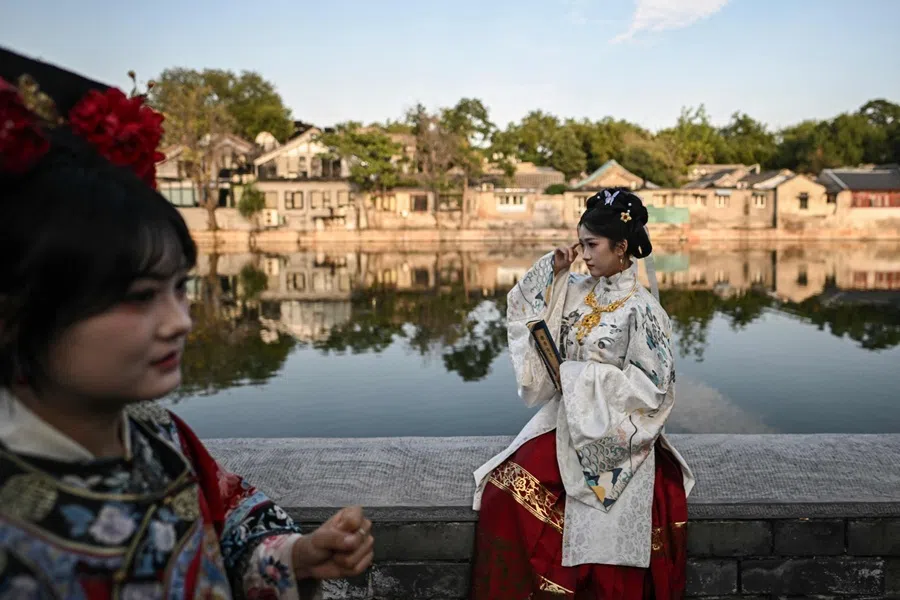
The current fourth plenum marks the next stage — action and implementation. Beijing is moving beyond restating principles to operational deployment. This step-by-step progression is characteristic of how the CCP handles long-term agendas: establish direction, formulate strategy, then execute.
Beijing must be able to show results to its own people; otherwise, the rejuvenation narrative would ring hollow.
Although both the 19th fifth and 20th fourth plenums focus on five-year planning, their approaches to Taiwan diverge sharply. The former paired “peaceful development” and “reunification” within the same clause, implying that the latter remained subordinate to the former. The new communique separates them and dignifies reunification as an independent “great cause,” transforming it from a declarative statement into a concrete policy mandate.
The rationale lies in Beijing’s narrative of “national rejuvenation.” According to that logic, China must “basically realise socialist modernisation” by 2035, and national reunification is an indispensable component of that goal.
In other words, by 2035 — even if Taiwan has not formally returned to the mainland — Beijing must be able to show results to its own people; otherwise, the rejuvenation narrative would ring hollow. Because the 15th Five-Year Plan will extend through the early 2030s, by its conclusion around 2031, Beijing must have something tangible to show.
If reunification remains at the level of rhetoric, Xi’s legitimacy would suffer. Hence, during the next five years, Beijing will pursue visible progress: a framework, an agreement, or even a politically recognised contact could all be packaged as a “historic breakthrough.”
Marching in pace with ‘2027 war timeline’
This reading aligns with — but subtly reframes — the much-discussed “2027 war timeline”. The year 2027 marks the People’s Liberation Army’s centenary, a date many analysts see as a potential trigger for coercive action. The forthcoming 15th Five-Year Plan neatly spans that sensitive period. The plenum’s phrasing can thus be interpreted as political authorisation for Beijing to “do something” on the Taiwan question in the coming years — not necessarily military, but certainly political.
Beijing’s objective would be to initiate a dialogue mechanism, produce a cross-strait political consensus document, or establish an agreed framework for “peaceful reunification”.
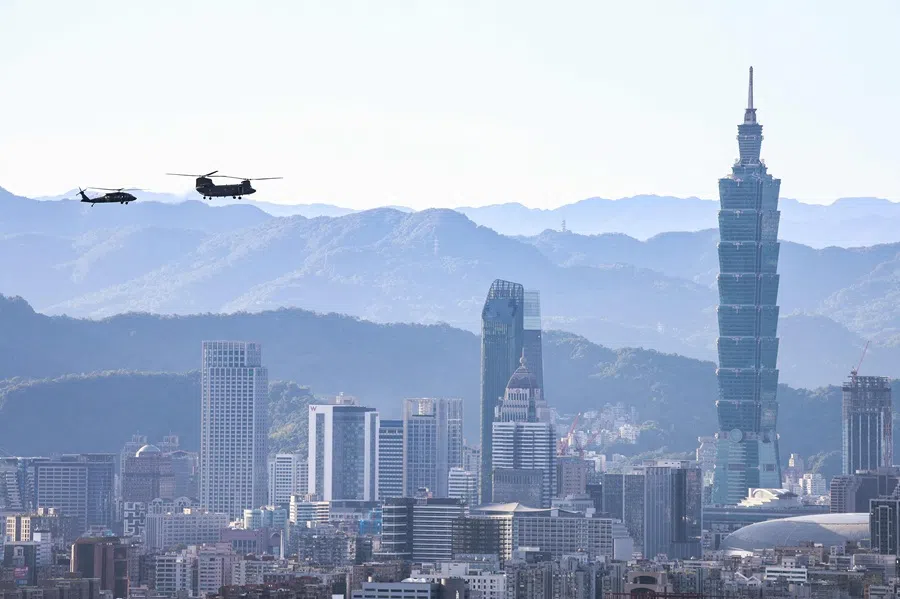
The more likely course is a multifaceted campaign that combines military deterrence, economic integration, diplomatic isolation, and psychological pressure to push Taiwan toward the negotiating table. Beijing’s objective would be to initiate a dialogue mechanism, produce a cross-strait political consensus document, or establish an agreed framework for “peaceful reunification”.
Consequently, Beijing’s Taiwan policy in the next five years will become more sophisticated and layered. Military deterrence will intensify as a form of political pressure, and as insurance against Taipei’s accelerating localisation policies. At the same time, economic and social integration will be revived to highlight the practical benefits of reunification. Legal and institutional work will likely accelerate as well — possibly including a “National Reunification Law” or a “road map for peaceful reunification”. Such codification would transform reunification from a vague aspiration into a quantifiable governance task. This technocratic approach fits Xi’s political style: achieving political ends through institutional engineering.
A new stage on Taiwan question
Taken together, the single sentence in the fourth plenum communique signals that Beijing has entered a new stage on the Taiwan question: one with clearer objectives and stronger action orientation. Reunification has been bound to China’s modernisation drive as part of the same historical process, and achieving visible progress is now framed as a core mission of the next five years.
Whatever form these outcomes take, they will be presented as “milestones” in the great rejuvenation of the Chinese nation. Xi needs an accomplishment that can be written into party history, and advancing “the great cause of national reunification” is the most symbolic one available to him.
Over the next five years, a full-scale war across the Taiwan Strait could still be unlikely, but political coercion and psychological pressure on Taiwan will continue to mount. Beijing will use power, time and institutions to shape the island’s choices — turning “peaceful reunification” from a rhetorical vision into a concrete agenda item. The fourth plenum communique has quietly laid the groundwork for that next phase.
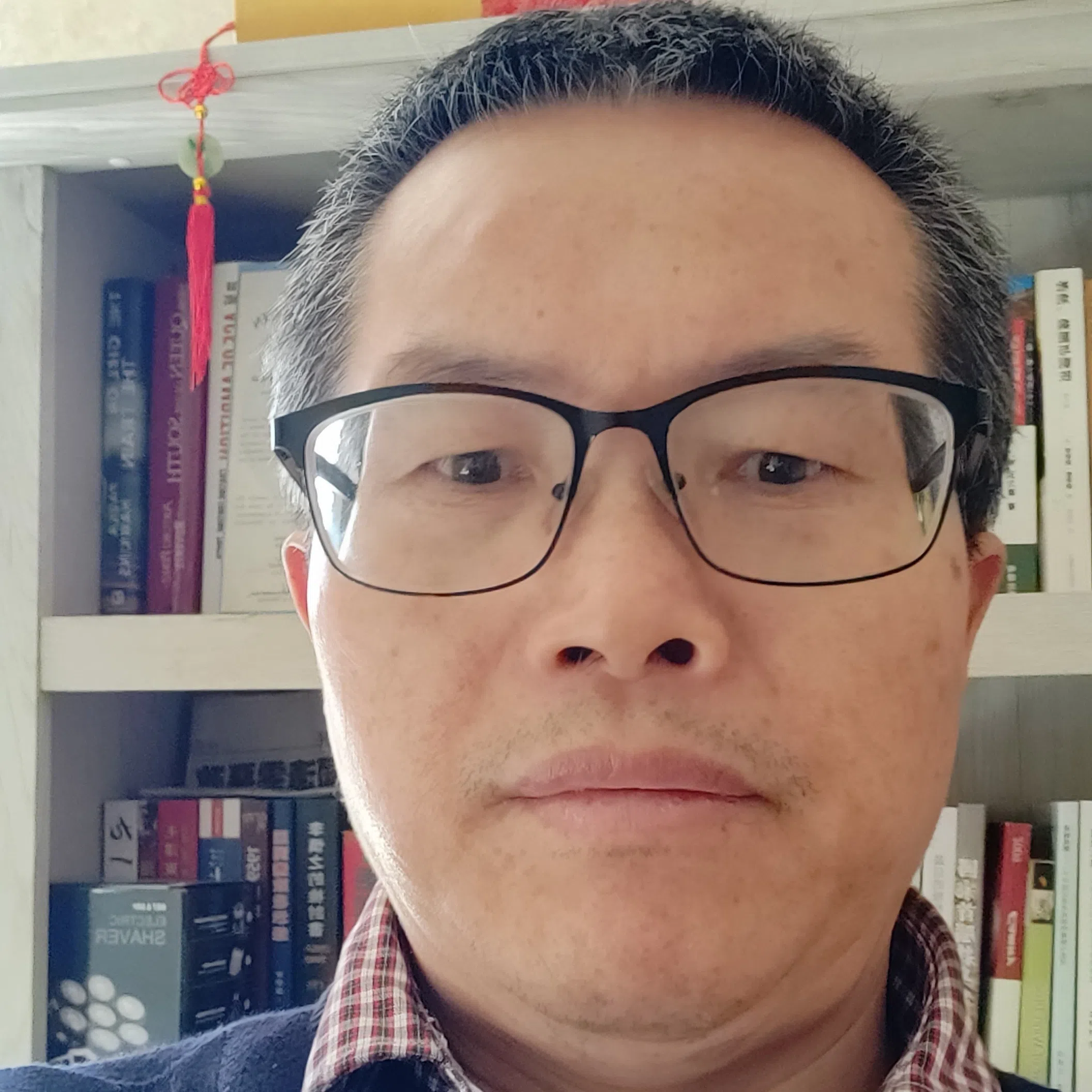

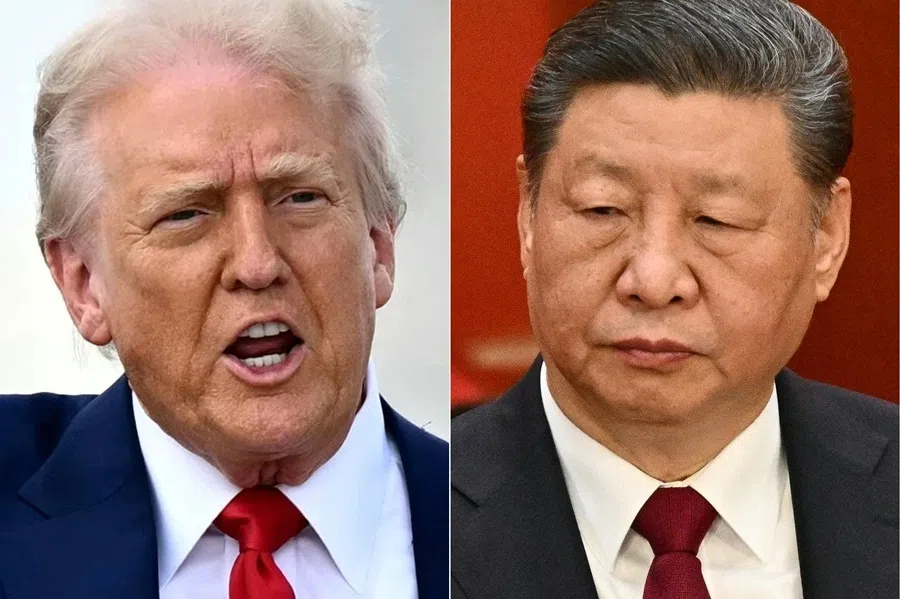
![[Big read] Prayers and packed bags: How China’s youth are navigating a jobless future](https://cassette.sphdigital.com.sg/image/thinkchina/16c6d4d5346edf02a0455054f2f7c9bf5e238af6a1cc83d5c052e875fe301fc7)
